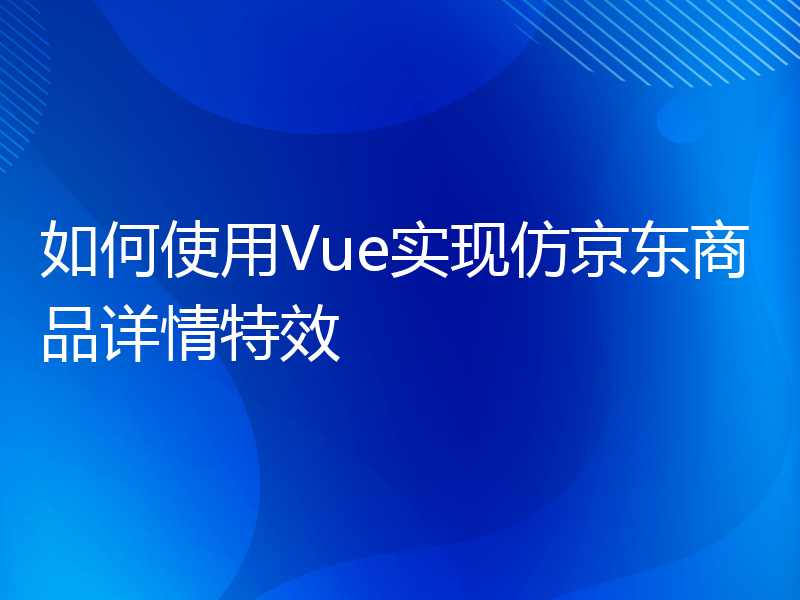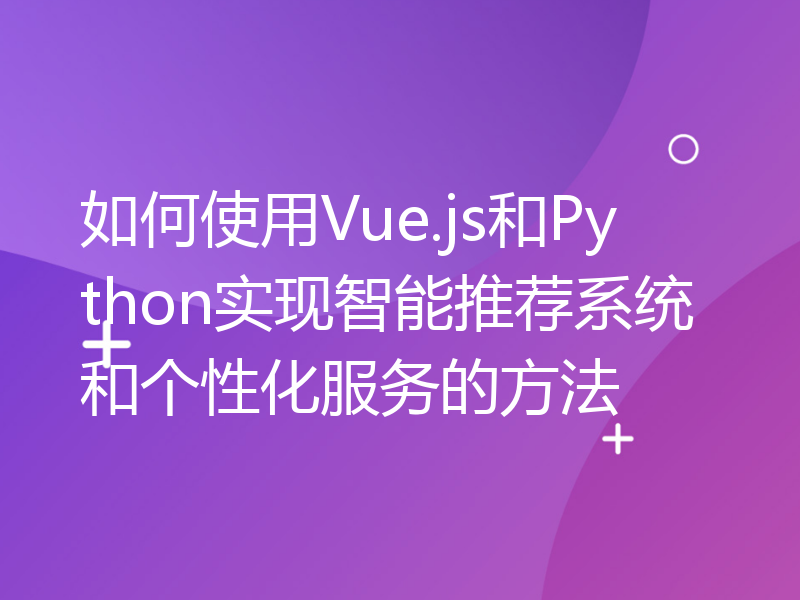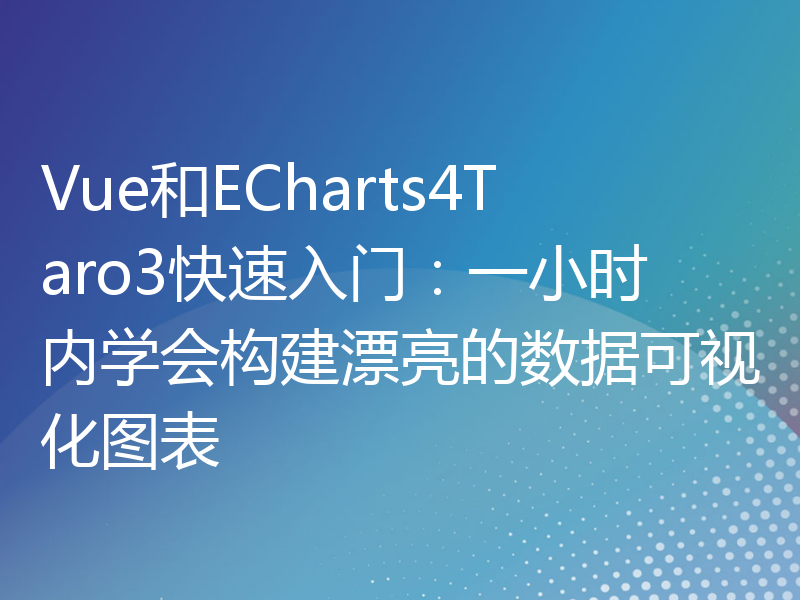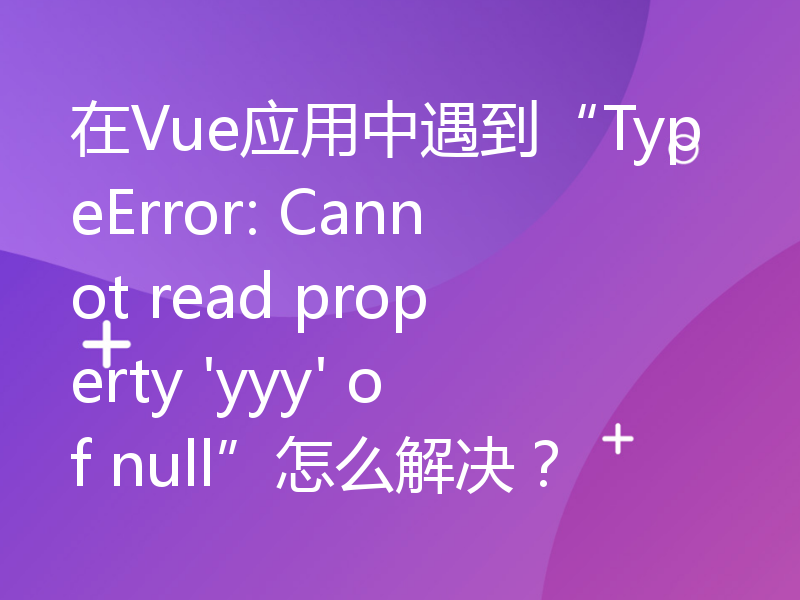随着互联网的发展,图片成为网站、移动应用、企业、个人信息化建设中必不可少的一部分。如何高效地管理和使用图片,已经成为一个技术难题。在这个背景下,我们可以使用Vue3构建一个简单的图片库管理系统,帮助我们高效地管理和使用图片。
我们需要一个简单的图片库管理系统,能够实现以下功能:
• 添加图片:能够上传、选择图片,并填写图片名称、描述等信息。
• 删除图片:从图片库中删除选中的图片。
• 编辑图片:能够编辑选中的图片名称、描述等信息。
• 搜索图片:能够按照图片名称、描述等信息查找图片。
我们选择使用Vue3作为前端框架,使用Element-Plus作为UI组件库,后端使用Node.js,数据库使用MongoDB。其中,我们使用axios实现前后端的数据交互,并且采用JSON格式进行数据的传输。
系统主要分为三个模块:图片展示、图片上传与管理、搜索与过滤。具体实现如下:
• 图片展示模块:展示当前用户拥有的所有图片,并且可以点击图片查看其详细信息。
• 图片上传与管理模块:提供上传图片、删除图片、编辑图片信息等功能,管理用户的图片信息。
• 搜索与过滤模块:提供搜索图片、过滤图片、按时间分类等功能,帮助用户快速查找需要的图片。
在实现前,需要安装Vue3的脚手架,搭建一个简单的框架。
使用终端或命令行工具输入以下命令安装:
npm install -g @vue/cli
使用以下命令构建Vue3项目:
vue create my-project
使用以下命令安装Element-Plus和axios:
npm i element-plus axios
在src/router/index.js文件中增加以下代码:
import { createRouter, createWebHashHistory } from 'vue-router'
import Home from '../views/Home.vue'
import AddImage from '../views/AddImage.vue'
import ImageDetail from '../views/ImageDetail.vue'
const routes = [
{
path: '/',
name: 'Home',
component: Home
},
{
path: '/add-image',
name: 'AddImage',
component: AddImage
},
{
path: '/image-detail/:id',
name: 'ImageDetail',
component: ImageDetail
}
]
const router = createRouter({
history: createWebHashHistory(),
routes
})
export default router
在src/views/文件夹下面新建三个组件文件:Home.vue、AddImage.vue和ImageDetail.vue,然后分别编写对应的界面:
<!-- Home.vue -->
<template>
<div>
<h2 class="title">图片列表</h2>
<div class="list">
<div class="item" v-for="image in images" :key="image.id">
<img :src="image.src" @click="toDetail(image.id)" />
<p class="name">{{ image.name }}</p>
</div>
</div>
</div>
</template>
<script>
import { reactive, onMounted } from 'vue'
import axios from 'axios'
export default {
name: 'Home',
setup() {
const state = reactive({
images: []
})
const getData = async () => {
const res = await axios.get('/api/images')
state.images = res.data.list
}
const toDetail = id => {
this.$router.push({ path: `/image-detail/${id}` })
}
onMounted(() => {
getData()
})
return {
images: state.images,
toDetail
}
}
}
</script>
<style scoped>
/* 样式省略 */
</style>
<!-- AddImage.vue -->
<template>
<div>
<h2 class="title">上传图片</h2>
<form class="form" @submit.prevent="submit">
<div class="form-group">
<label>名称:</label>
<input type="text" v-model="name" />
</div>
<div class="form-group">
<label>描述:</label>
<input type="text" v-model="description" />
</div>
<div class="form-group">
<input type="file" ref="file" @change="getFile" />
</div>
<div class="form-action">
<button class="submit" type="submit">上传</button>
</div>
</form>
</div>
</template>
<script>
import { reactive } from 'vue'
import axios from 'axios'
export default {
name: 'AddImage',
setup() {
const state = reactive({
name: '',
description: '',
file: null
})
const submit = async () => {
if (!state.file) {
alert('没有选择图片')
return
}
const formData = new FormData()
formData.append('file', state.file)
formData.append('name', state.name)
formData.append('description', state.description)
await axios.post('/api/image', formData)
this.$router.push({ path: '/' })
}
const getFile = e => {
const file = e.target.files[0]
state.file = file
}
return {
name: state.name,
description: state.description,
submit,
getFile
}
}
}
</script>
<style scoped>
/* 样式省略 */
</style>
<!-- ImageDetail.vue -->
<template>
<div class="detail">
<h2 class="title">{{ image.name }}</h2>
<img :src="image.src" />
<div class="description">{{ image.description }}</div>
</div>
</template>
<script>
import { reactive, onMounted } from 'vue'
import axios from 'axios'
export default {
name: 'ImageDetail',
setup(props) {
const state = reactive({
image: {}
})
const getData = async () => {
const id = props.route.params.id
const res = await axios.get(`/api/image/${id}`)
state.image = res.data.data
}
onMounted(() => {
getData()
})
return {
image: state.image
}
}
}
</script>
<style scoped>
/* 样式省略 */
</style>
在src/api/文件夹中,新建api.js文件,封装前后端交互的代码:
import axios from 'axios'
export const getImages = async () => {
const res = await axios.get('/api/images')
return res.data.list
}
export const addImage = async (data) => {
await axios.post('/api/image', data)
}
export const deleteImage = async (id) => {
await axios.delete(`/api/image/${id}`)
}
export const getImage = async (id) => {
const res = await axios.get(`/api/image/${id}`)
return res.data.data
}
export const updateImage = async (id, data) => {
await axios.put(`/api/image/${id}`, data)
}
export const searchImages = async (keywords) => {
const res = await axios.get(`/api/images?keywords=${keywords}`)
return res.data.list
}在src/store/文件夹中,新建store.js文件,封装状态管理的代码:
// store.js
import { reactive } from 'vue'
import { getImages, addImage, deleteImage, getImage, updateImage, searchImages } from '../api/api'
const store = reactive({
images: [],
searchTxt: '',
setSearchTxt(txt) {
this.searchTxt = txt
},
async getImages() {
this.images = await getImages()
},
async deleteImage(id) {
await deleteImage(id)
this.getImages()
},
async addImage(data) {
await addImage(data)
this.getImages()
},
async getImage(id) {
const res = await getImage(id)
return res
},
async updateImage(id, data) {
await updateImage(id, data)
this.getImages()
},
async searchImages() {
if (!this.searchTxt) {
this.getImages()
} else {
this.images = await searchImages(this.searchTxt)
}
}
})
export default store在src/main.js文件中,引入store和Element-Plus组件库,并挂载Vue实例:
import { createApp } from 'vue'
import App from './App.vue'
import router from './router'
import store from './store/store'
import ElementPlus from 'element-plus'
import 'element-plus/lib/theme-chalk/index.css'
const app = createApp(App)
app.use(ElementPlus)
app.use(store)
app.use(router)
app.mount('#app')系统的核心逻辑已经实现。我们可以使用以下命令启动前端服务器:
npm run serve
在另一个终端或命令行工具中启动后端服务器:
node server.js
现在,我们就可以使用浏览器打开localhost:8080,进入图片管理系统。
通过使用Vue3构建一个简单的图片库管理系统,我们可以掌握基本的Vue3应用开发,理解组件化和状态管理的思想,同时也学习了Element-Plus组件库和axios库的使用。希望本文能够帮助你快速理解Vue3的开发思想和应用场景。


![如何处理“[Vue warn]: Discarded one or more”错误](/uploads/458/86d3957b61cd70e16eb6ead627392726.png)


